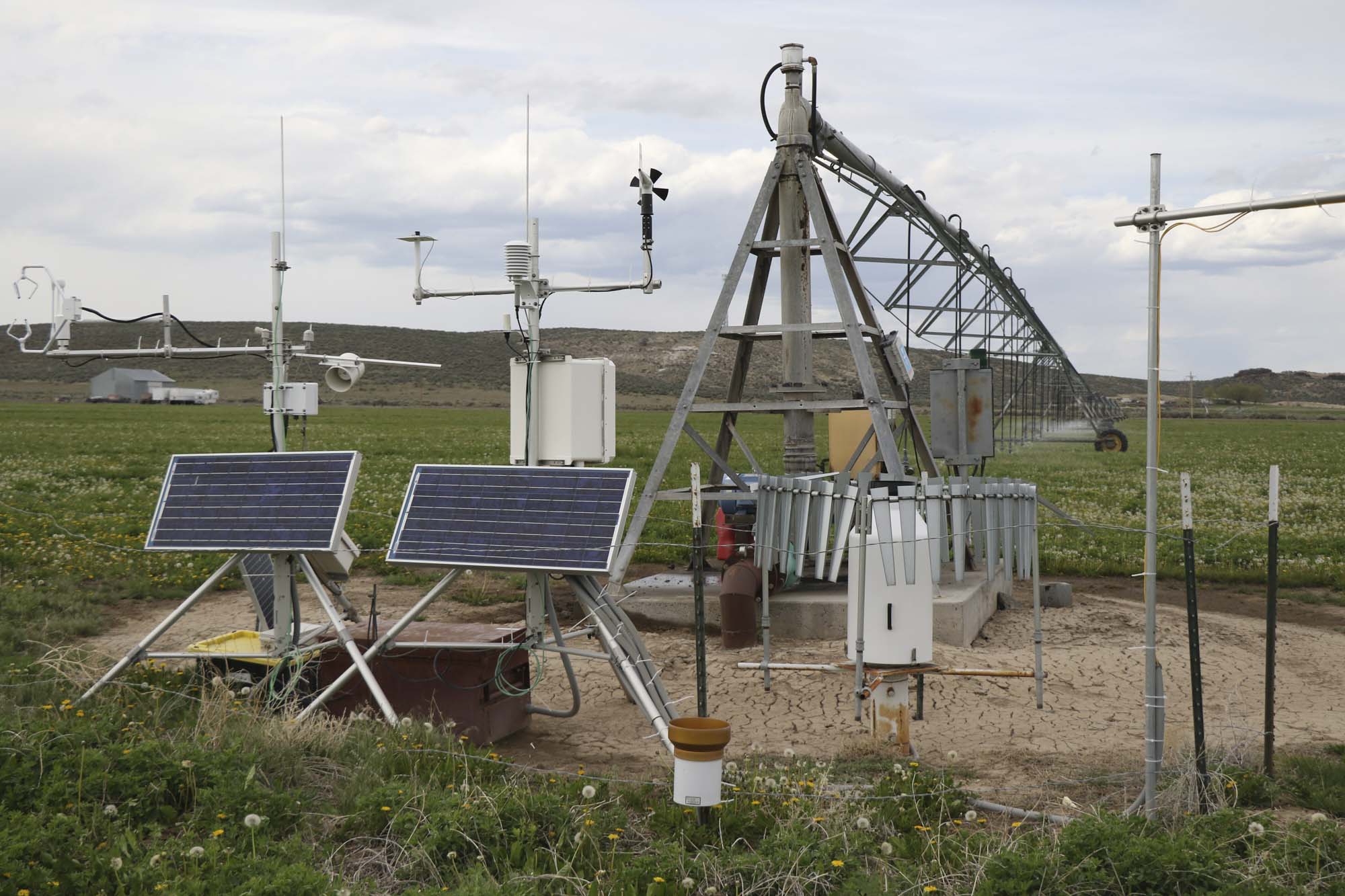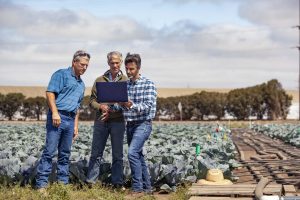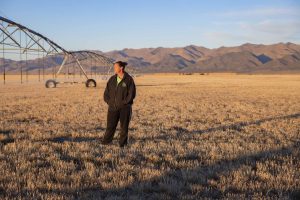OpenET for Growers and Rural Communities
Managing a farm or ranch is a complex task. Growers are constantly collecting and considering all sorts of data, including information on current weather conditions and weather forecasts, crop and soil conditions, crop prices and yields, and information related to management of fertilizer and pesticides. And of course, water is critical to growers’ ability to continue to produce food and sustain rural communities.
ET data can help growers more effectively manage resources and produce high crop yields in changing conditions. In most irrigated settings, somewhere between 40% and 100% of all water applied to a field leaves as ET. As a critical piece of the overall water budget, growers may be able to use ET data to:
- Understand how much water their plants are consuming to optimize irrigation, sustain or improve yields, and reduce operating costs.
- Streamline and reduce costs associated with regulatory reporting requirements.
- Collaborate on locally driven solutions to water challenges.

Learn More about how Open ET can be used to:
Improve Irrigation and Crop Management Tools
ET data will often be most powerful when combined with other data and software tools that use ET information alongside other datasets to inform water budgeting and crop, nutrient, and irrigation management. These tools can also help irrigators account for factors including the irrigation system type and application rate, distribution uniformity, salinity management, soil type and texture, planting and germination water requirements, and the availability and timing of water for irrigation.
To make integration easier, OpenET developed an application programming interface (API) that allows software tools to retrieve and incorporate OpenET data. For example, the University of California Agriculture and Natural Resources Division is currently using the OpenET API to integrate data into the CropManage irrigation and nutrient management software tool. Our goal is to ensure that OpenET data can reach growers in the field within applications they are already using to manage day to day operations.

Democratize Data Access
OpenET is intended to help level the playing field between growers and regulators, who often have very different data about water use. Having access to a common source of estimated ET may help to shape policy making by increasing transparency and providing a means to reach a common understanding of water needs in a particular region. Over time, OpenET may also help to reduce the costs for measuring and reporting water use. In California’s Sacramento-San Joaquin Delta, for example, state law requires landowners to measure and report their water diversion and use. However, compliance has proved challenging because metering devices are expensive to buy, difficult to maintain, and unable to provide reliable data in this region. As a result, Delta regulators and water users have turned to OpenET as the solution: Starting in January 2022, landowners will use OpenET data to meet their water use measurement requirements, saving them thousands of dollars a year and significantly simplifying the burden of regulatory compliance.

Enable Locally Driven, Collaborative Solutions to Water Challenges
Water is foundational to the prosperity of rural communities in the arid West. Access to ET data can empower local communities to find their own best paths to water security and sustainability, and give small farmers, ranchers, and water managers equal access to ET data so they can:
- Better understand water needs and water use to facilitate locally-driven water management efforts
- Cost effectively track how changes in irrigation technology or management practices are contributing to water conservation goals, and learn from one another as different approaches are tested within a community.
- Explore flexible solutions like water trading or incentive-based conservation.
OpenET is already being used in places such as Kremmling, Colorado, and Diamond Valley, Nevada, to help inform and shape locally driven solutions to water challenges. In Diamond Valley, farmers are using OpenET to easily access historical and near-real time consumptive use data so that water budgets are better understood. In Kremmling, a team of scientists, irrigators, and conservation groups is using OpenET to evaluate the impacts of different irrigation and conservation practices on pastureland by comparing ET on parcels with normal irrigation versus reduced irrigation, and combining that data with information on crop yield and revenue. In both regions, the goal is to identify solutions that balance water supply and demand while supporting sustained agricultural production and vibrant rural economies. Click here for more information on these and other use cases.
